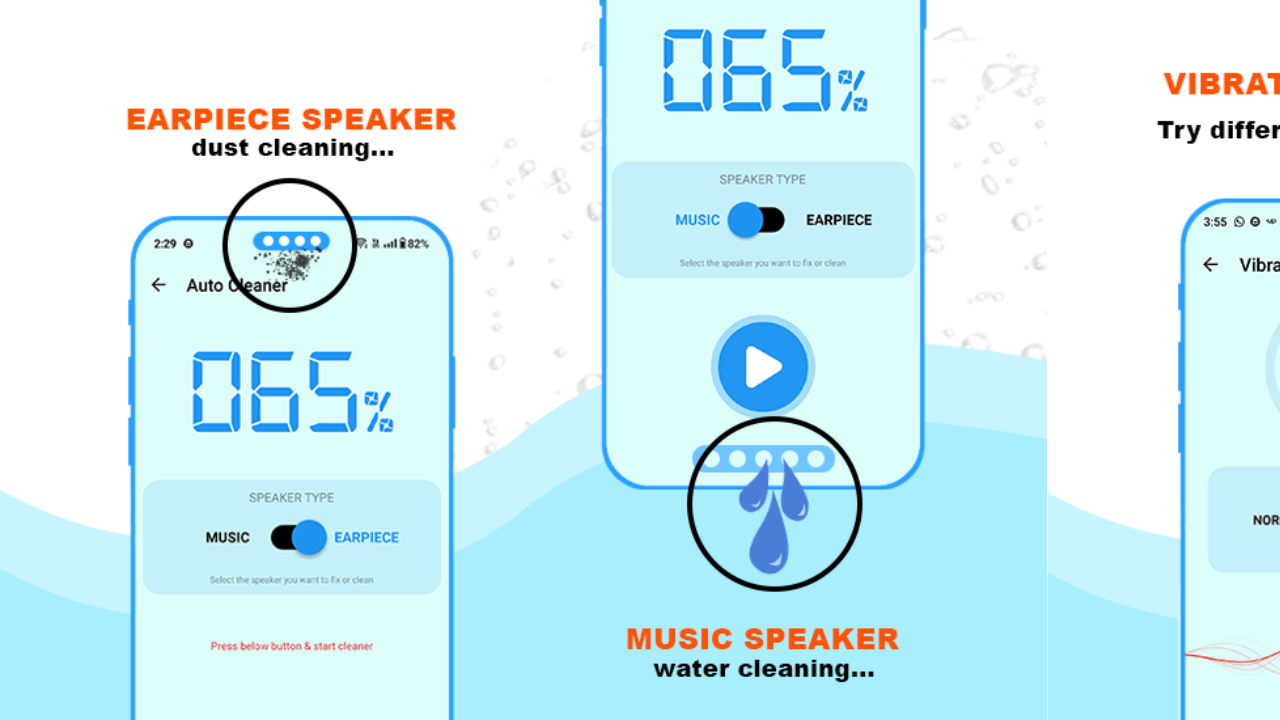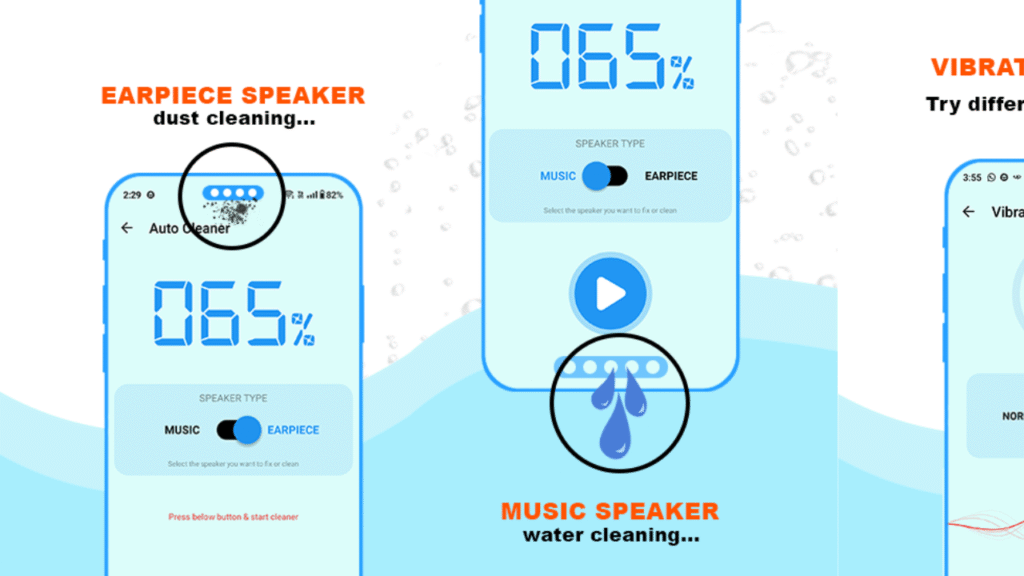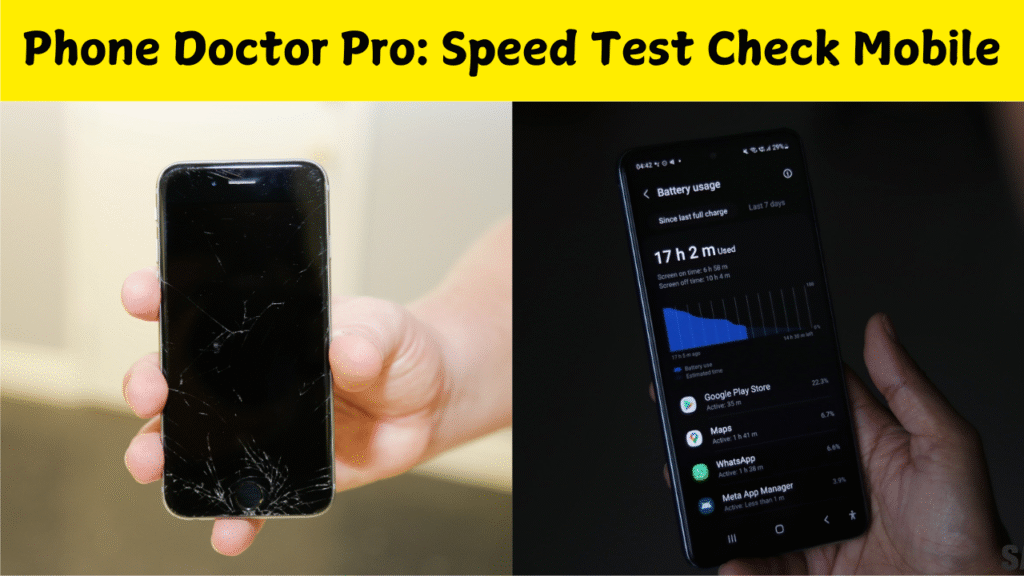Fix My Speaker & Boost Sound: A Complete Guide for Better Audio
Fixing your speaker and boosting sound quality can transform your listening experience, whether you are using a smartphone, laptop, Bluetooth speaker, or home audio system. Many users face issues like low volume, crackling sound, muffled audio, or water-damaged speakers. Understanding the correct methods can help restore audio clarity and improve performance instantly.
Understanding Common Speaker Problems
Speakers may produce low sound or distortion because of dust, moisture, software glitches, outdated drivers, or physical damage. In smartphones and portable speakers, water clogging is the most common reason for muffled audio. In computers, corrupted audio settings or faulty drivers often reduce sound quality.
Fixing Water in Your Speaker
If your smartphone speaker sounds muffled or unclear after coming in contact with water, the first step is to use a water-eject sound tool, often called “Fix My Speaker.” These tools play a specific anti-water audio frequency that pushes out moisture trapped inside the speaker grill. After using this sound, wipe the device and keep it in a dry area for a few hours for complete restoration.
Cleaning Dust and Dirt from Speakers
Dust can block the speaker mesh, reducing both clarity and loudness. Gently cleaning the speaker holes with a soft brush, cotton swab, or compressed air removes particles without damaging the delicate components. Regular cleaning helps maintain consistent sound output.
Adjusting Audio Settings for Better Sound
Many devices include hidden sound settings that significantly boost volume. Using equalizers, bass enhancers, or high-frequency adjustment tools can improve clarity. On smartphones, selecting the correct sound profile for music, movies, or calls enhances the listening experience. On computers, advanced sound settings, such as loudness equalization, can amplify output.
Updating or Reinstalling Audio Drivers
For laptops and PCs, outdated audio drivers can cause low sound or poor speaker quality. Updating or reinstalling drivers ensures that your system communicates correctly with the speaker hardware. Restarting the system after updates can resolve most software-related issues.
Using Sound-Boosting Apps and Tools
There are many apps designed to increase volume beyond the default limit. They work by optimizing audio frequency output and amplifying sound waves safely. When used properly, these tools can provide a noticeable improvement without damaging the speaker.
Checking for Hardware Damage
If your speaker continues to produce distorted audio despite cleaning and software fixes, hardware damage may be the reason. Cracks in the diaphragm, loose wires, or internal circuit issues require professional repair. Identifying the signs early can prevent complete speaker failure.
Enhancing Sound with External Accessories
Using high-quality earphones, external speakers, or Bluetooth audio devices can significantly boost your audio experience. Many users prefer portable Bluetooth speakers with enhanced bass and 360-degree sound projection for louder and clearer audio.
Proper Maintenance to Prevent Future Issues
Keeping your device away from water, dust, and extreme temperatures extends the life of your speakers. Regular cleaning, software updates, and safe volume levels help maintain long-term performance.
Final Thoughts
Fixing your speaker and boosting sound is easy with the right steps. Whether you are dealing with water damage, dust blockage, software problems, or low audio quality, simple techniques like water-eject tools, cleaning, equalizer adjustments, or audio drivers can restore your device to its best condition. With proper care and maintenance, your speakers will deliver powerful and clear sound every day.





